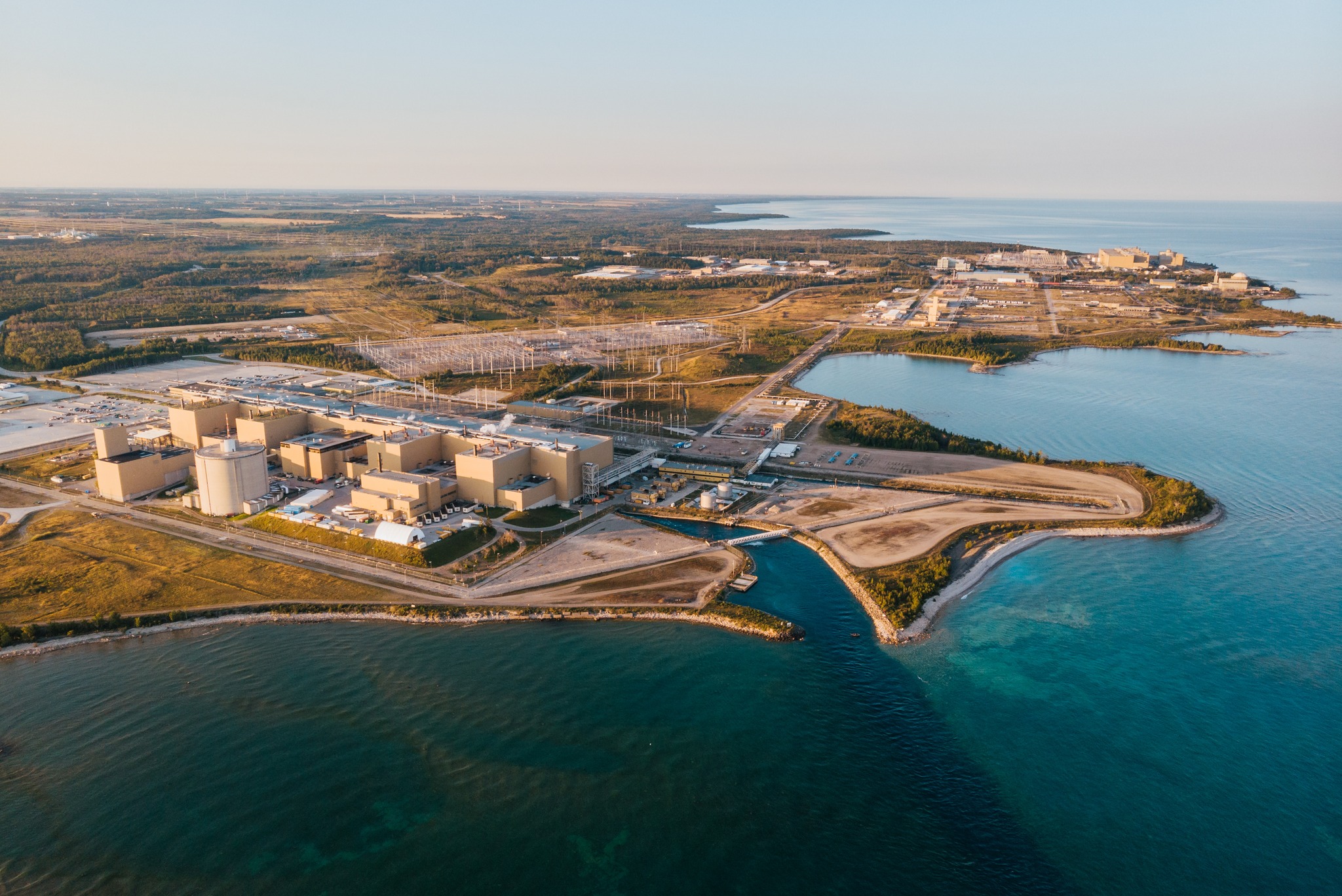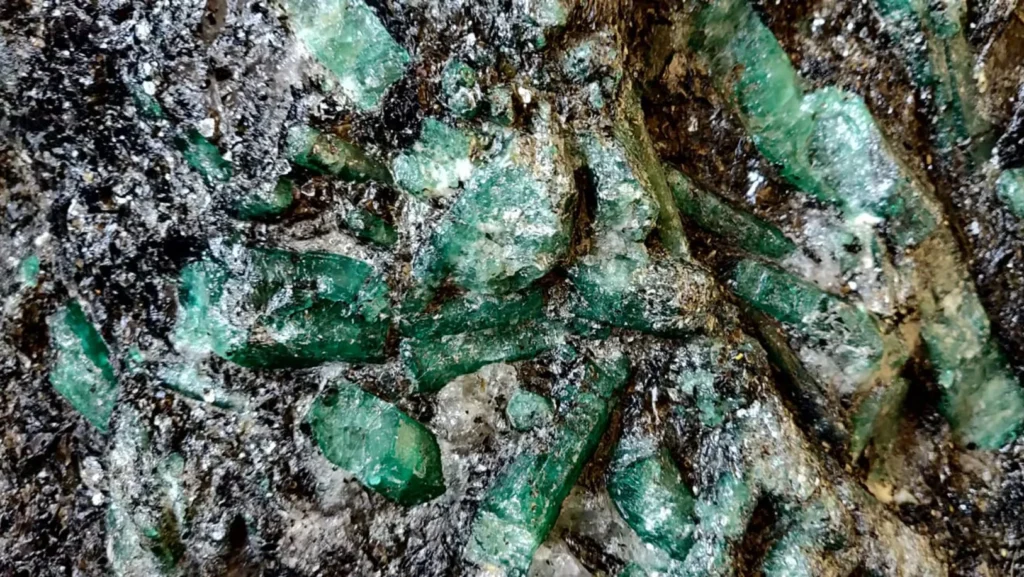Canada is emerging as a major player in the nuclear energy world, thanks to its abundant, high-quality uranium reserves. With a renewed global focus on nuclear energy as a potential solution to climate change, Canada is uniquely positioned to capitalize on this energy shift. Leigh Curyer, a veteran in uranium mining and CEO of NexGen, has witnessed a seismic shift in the industry. After the Fukushima nuclear disaster in 2011, uranium prices dropped as global skepticism about nuclear power grew. Yet, over the past five years, uranium prices have rebounded significantly, surging by over 200%, making uranium one of the world’s top-performing commodities. According to Curyer, a shift in attitudes toward nuclear energy began when high-profile figures like Bill Gates highlighted it as an essential tool to combat climate change. The momentum increased with the UK’s nuclear energy policy and the European Union’s decision to recognize nuclear power as a climate-friendly energy source, which have collectively reignited interest in uranium.
The shift has been a boon for NexGen, a company developing Canada’s largest in-progress uranium mine in northern Saskatchewan’s uranium-rich Athabasca Basin. The company is now valued at nearly $4 billion, despite the mine’s commercial operations projected to start in 2028. Once operational, the mine is expected to catapult Canada into the position of the world’s largest uranium producer, surpassing Kazakhstan. Numerous companies have joined the fray in Saskatchewan, aiming to capitalize on this uranium boom. Canada’s mining industry foresees the country as a linchpin in future nuclear energy supply, especially as nearly two dozen countries pledged to triple their nuclear power generation by 2050 at the COP28 climate conference.
Nuclear energy’s appeal stems from its low carbon emissions compared to fossil fuels like natural gas or coal. Currently, nuclear sources generate about 10% of global power, while more than half still comes from gas or coal, according to the World Nuclear Association. However, at COP29, global leaders have intensified their calls for increased investment in nuclear projects after a recent UN report revealed current investments are insufficient to address the accelerating climate crisis.
Canada’s potential as a uranium superpower is further highlighted by the ongoing energy crisis precipitated by Russia’s invasion of Ukraine. The conflict has disrupted the uranium supply chain, particularly for the United States, which had been heavily reliant on Russian uranium for its nuclear reactors. Curyer believes his mine could be crucial to the US’s nuclear energy future as it seeks new, stable uranium sources.
The Athabasca Basin’s high-grade uranium is a distinguishing factor, according to Markus Piro, a professor of nuclear engineering at McMaster University. Unlike other regions with uranium reserves, Canada’s uranium is high-purity, which positions it competitively in the global market. The country’s stringent regulations mandate that its uranium is used only for power generation, reinforcing Canada’s responsible approach to nuclear energy. Its nuclear industry is also integrated from mining to fuel production, enabling Canada to supply reactors directly with nuclear fuel.
Currently the second-largest uranium producer globally, Canada accounts for about 13% of global output, but NexGen’s new mine could raise that to 25%, strengthening its influence in the nuclear sector. Meanwhile, Cameco, another Canadian mining giant, has resumed operations in two dormant mines to increase supply and meet the rising demand for nuclear fuel. Cameco’s CEO, Tim Gitzel, foresees Canada as a global nuclear superpower, driven by the booming demand for clean, reliable energy.
However, nuclear energy remains controversial. Environmental organizations argue that nuclear projects are costly, with long construction timelines that may not align with the urgency of the climate crisis. According to the World Nuclear Association, 60 reactors are currently under construction worldwide, most of them in China, with an additional 110 in the planning stages. Yet, many of these reactors will take years to come online, some not operational until the end of this decade. Additionally, over 100 plants were closed globally in the past two decades due to environmental and financial concerns, including one in Quebec, Canada. British Columbia has also imposed a ban on nuclear plants and uranium mining since 1980.
Concerns about radioactive waste and safety risks linger, especially in the wake of Fukushima. Professor Piro acknowledges that while nuclear energy is not entirely risk-free, advancements in technology have made it safer and more reliable. Gitzel also points to Canada’s public support for nuclear energy, as a recent Ipsos poll indicated that 55% of Canadians are in favor of nuclear power.
Despite past uranium booms that fizzled out, NexGen’s Curyer is optimistic that this current resurgence is here to stay. With plans to begin construction on NexGen’s mine in early 2024, the company is awaiting regulatory clearance. Gitzel notes that over 100 companies are now exploring Saskatchewan for uranium deposits, though he cautions that not all projects will necessarily come to fruition.
For Curyer, the success of these projects is essential not only for Canada’s ambitions but also for meeting the growing global demand for nuclear energy. He believes that without these mines, the world could face a uranium shortage that would drive up energy costs and potentially slow the shift to cleaner energy sources.







